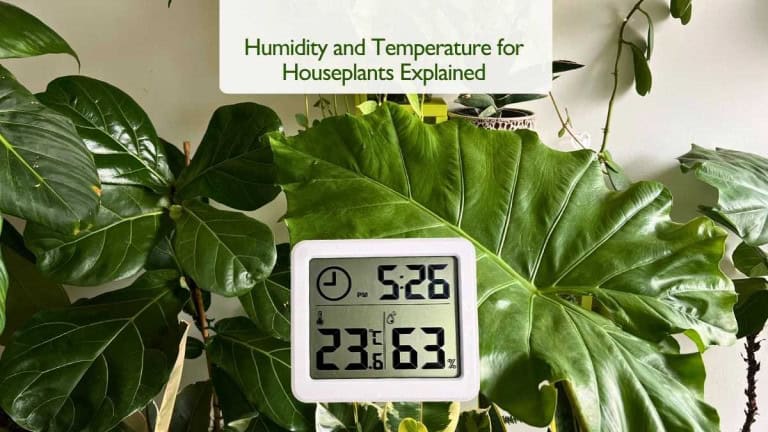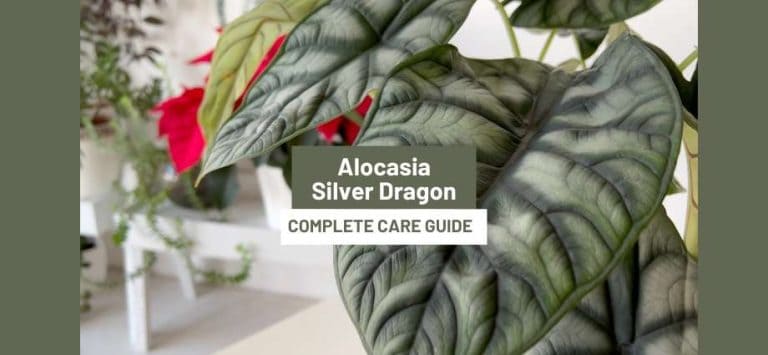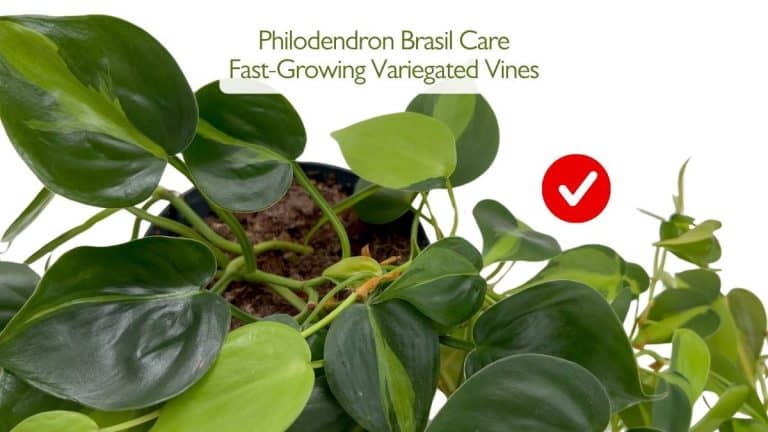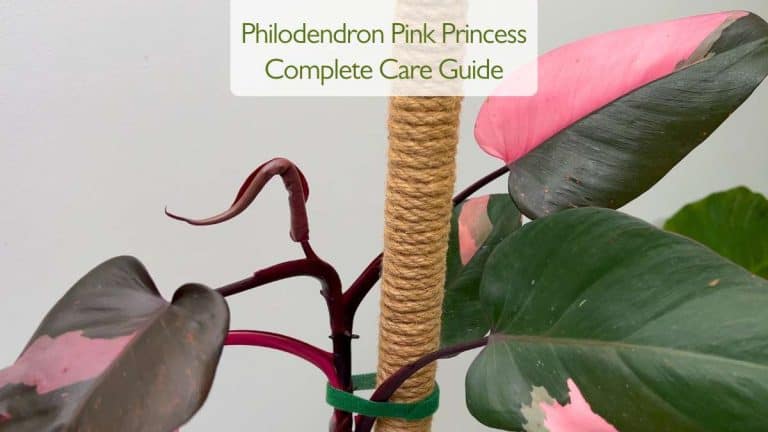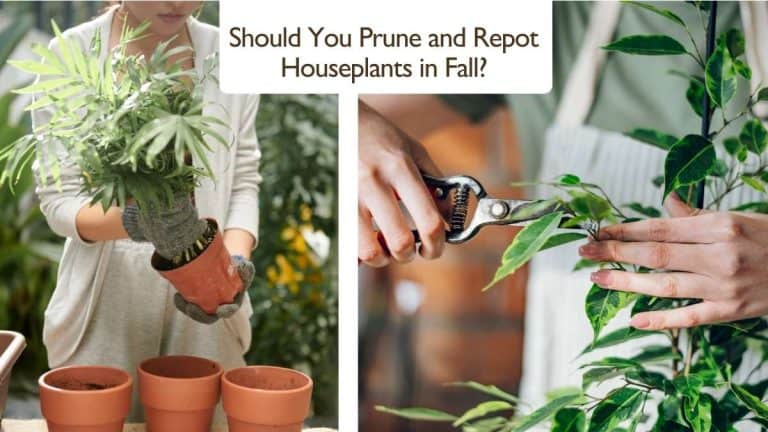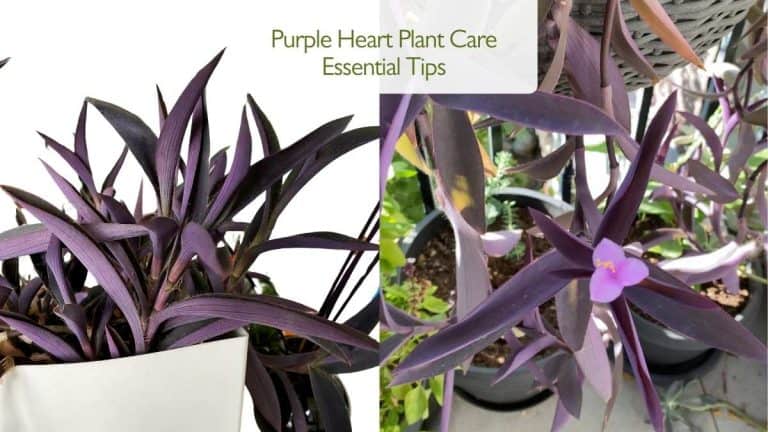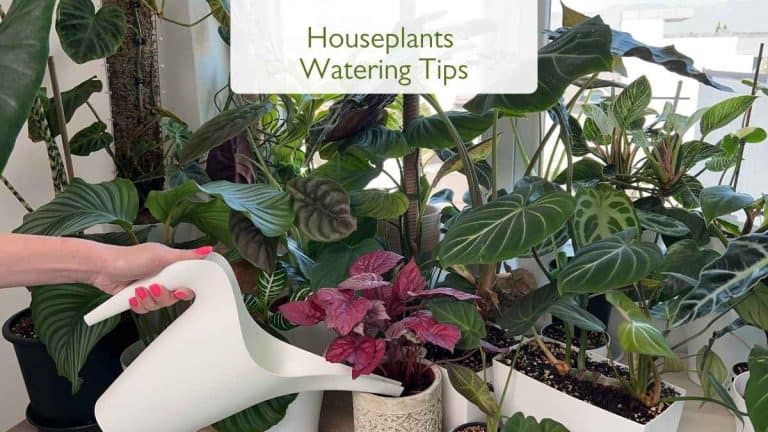Humidity and Temperature for Houseplants: The Perfect Balance for Healthy Indoor Plants
Keeping your houseplants healthy isn’t just about light and watering – it’s also about understanding the right humidity and temperature for houseplants.
These two factors quietly shape how your plants grow, breathe, and even absorb nutrients. When balanced, they create the ideal indoor environment where your plants can truly thrive. 🌿
Just like people, plants have their comfort zones. Too hot, too cold, too dry and they start to show stress through curled leaves, brown tips, or stunted growth.
In this guide, you’ll learn how to recognize the perfect balance of humidity and temperature, how to fix common problems, and how to create a stable climate that keeps your indoor jungle happy all year round.
🌡️ Why Humidity and Temperature for Houseplants Matter
Humidity and temperature for houseplants are deeply connected. Warm air holds more moisture, while cool air tends to dry out your space.
If the temperature shifts too much or if the air is too dry, your plants will lose water faster through their leaves than their roots can absorb it.
Most houseplants, especially tropical ones like Philodendrons, Monsteras, and Alocasias, thrive in warm, humid conditions.
They come from rainforests where the air is consistently moist, so when we bring them indoors, they rely on us to recreate that environment.
If you’ve noticed brown leaf edges or crispy tips, it’s often not about watering, it’s usually the humidity and temperature for houseplants being out of balance.
🌴 Ideal Temperature Range for Houseplants
Most indoor plants feel best in the same range humans do – between 65°F to 79°F (18°C and 26°C) during the day, and slightly cooler at night.
Try to avoid sudden temperature drops, as they can shock your plants and slow their growth. Keep them away from:
- Drafty windows or doors
- Air conditioners and heaters
- Radiators or fireplaces
👉 Read also: Winter Plant Care Tips: 5 BIG Mistakes to Avoid! – especially mistake #2, where I explain how temperature changes and dry air can quickly damage your plants in winter.
If your plants seem to stop growing or look wilted, check if they’re sitting near a cold draft or a heat source – temperature stress can often look like watering issues. Humidity and temperature for houseplants is usually a problem.

💧 Understanding Humidity Levels
Humidity is simply the amount of water vapor in the air. Most tropical houseplants prefer 50–60% humidity, though some species can adapt to slightly less.
You can measure humidity with an inexpensive digital hygrometer – it tells you the percentage of moisture in the air so you can adjust it when needed.
Signs that your humidity is too low include:
- Dry, crispy leaf edges
- Curling or drooping leaves
- Slower new growth
- Brown tips on Calatheas, Alocasias, and Peace Lilies
In contrast, too much humidity without airflow can invite fungus and pests like fungus gnats or mealybugs. When humidity and temperature for houseplants is not right, problems start.
I’ve personally experienced how sensitive plants can be to these changes.
My Ficus Elastica Tineke struggled with brown tips and leaf loss when the indoor air became too dry during winter. Once I improved the humidity and temperature for houseplants using a humidifier and better air circulation, it started thriving again.
If you’re dealing with similar problems, check out my detailed guide and video below on Ficus Elastica Tineke Care Problems – I share exactly what went wrong and how I fixed it.
Click here to watch the video on YouTube
How to Increase Humidity Naturally
Even if your home air feels dry, there are simple ways to raise humidity for your plants, no special tools needed.
Balancing humidity and temperature for houseplants is easier than it seems once you understand how to use natural methods effectively.
🌿 Group Your Plants Together
Plants naturally release moisture through transpiration, a process where water evaporates from their leaves.
When grouped, they create a tiny shared microclimate where the air stays more humid and stable.
This method works best when you place plants with similar needs close to each other, like Monsteras, Philodendrons, and Peace Lilies.
Just avoid overcrowding them – air still needs to circulate freely between the leaves.
I know many plant lovers are afraid of spreading infestations when plants are grouped – and it’s true, pests like spider mites, thrips, and mealybugs can spread faster in close spaces.
However, regular inspection, clean leaves, and balanced care will keep them away. Healthy plants with the right humidity and temperature for houseplants naturally resist pests far better than stressed ones.
Think of grouping as community living for plants – when conditions are right, everyone stays strong, balanced, and thriving together. 🌱
💧 Use a Humidity Tray
A humidity tray is a simple yet effective way to increase the humidity and temperature balance for houseplants, especially during the heating season.
Fill a shallow tray with pebbles and water, then place your plant pots on top.
As the water evaporates, it gently adds moisture to the air around the leaves without wetting them directly.
This method is safe, low-maintenance, and perfect for tropical plants that prefer steady moisture levels.
Mist Occasionally – But Smartly (or Better, Don’t)
Light misting can make leaves look refreshed, but it doesn’t actually raise humidity for long, only a few minutes.
Many plant owners believe misting helps, but in reality, it often does more harm than good.
When water droplets stay on the leaves too long, they can block the pores (stomata), attract dust, or create a perfect environment for fungal spots and pests like mealybugs or fungus gnats.
I personally don’t recommend misting as a way to increase humidity. It may look like quick relief, but it doesn’t create real, lasting moisture in the air.
Instead, rely on grouping, humidity trays, or a humidifier to maintain consistent humidity and temperature for houseplants year-round.
If you still choose to mist, do it in the morning, when there’s enough light and airflow for the leaves to dry quickly.
Avoid misting at night or in low-light areas – that’s when fungal problems spread fastest.
Add a Humidifier

When your indoor air feels dry, especially during winter, a humidifier can make all the difference.
It’s one of the most reliable ways to maintain steady humidity and temperature for houseplants.
Place it near your tropical plants to mimic their natural environment and help them breathe easier.
If you have many plants in one room, keep your humidifier running for a few hours a day.
Combine this with good airflow (a small fan works perfectly) to prevent mold or stagnant air.
⚠️ When humidity levels become too high, proper ventilation is essential.
Still air and constant moisture can encourage fungal growth, mold, or pest problems, especially on tender tropical leaves.
A gentle airflow keeps your plants healthy and balances humidity and temperature for houseplants naturally.
For those who want to go a step further in supporting plant health, sound frequencies can help maintain balance when humidity and temperature fluctuate.
Try the Plant Growth Frequency Sound Therapy, a 45-minute session designed to strengthen plant cells and support stable growth under changing indoor conditions.
It works beautifully when combined with steady humidity and natural light, creating a perfectly balanced environment for your plants to thrive.
🌬️ Balancing Airflow and Temperature
Good airflow prevents stagnant, overly humid air that can lead to fungal problems.
Open your windows regularly (if the weather allows), or use a small fan to keep gentle air movement around your plants – just not directly on them.
If your indoor climate tends to be dry in winter, combine a humidifier with a stable temperature setup. The balance between humidity and temperature for houseplants ensures that moisture levels stay consistent, even when you use heating or air conditioning.
⚠️ Common Mistakes to Avoid
- Placing plants near radiators or heaters.
Heat sources dry out the air quickly and can scorch leaves. - Sudden temperature drops.
Moving plants close to cold windows in winter can shock them overnight. - Over-misting in poor light.
Wet leaves + low temperature = fungal growth. - Ignoring seasonal changes.
Just like you adjust your wardrobe, plants also need climate adjustments as seasons change.
👉 For example, during colder months, plants use less water. Learn more in my guide on watering houseplants in winter.

🌿 Final Thoughts on humidity and temperature for houseplants
Finding the right humidity and temperature for houseplants can transform your indoor garden from “surviving” to “thriving.”
When your plants live in conditions that mimic their natural habitat – warm, slightly humid, and stable, they’ll reward you with stronger roots, vibrant leaves, and faster growth.
If you want to go even deeper, explore my guide on light requirements for houseplants – it completes the perfect trio of care factors: light, temperature, and humidity.
Together, they form the foundation of truly healthy indoor plants.
Thanks for reading my post for humidity and temperature for houseplants. 🌱❤️
🔗 Related Topics
- Winter Plant Care Tips: 5 BIG Mistakes to Avoid!
- Light Requirements for Houseplants
- How to Get Rid of Fungus Gnats in Houseplants Permanently
- Homemade Leaf Shine Recipe for Houseplants
Click here to watch the video on YouTube
Explore More Music for Your Plants & Stay Connected!
Check out my Playlist: Music for Plants and find the perfect tunes to help your plants and yourself thrive.
Don’t forget to visit my YouTube Channel Plant House & Garden and subscribe — your support means the world to me!
Connect with me on social media for more plant care tips and music updates: Instagram | Facebook | X | Pinterest | Reddit | TikTok
Love plants? Love music? Don’t miss out on new updates — hit subscribe and follow now to keep your plants happy and your space vibrant!

